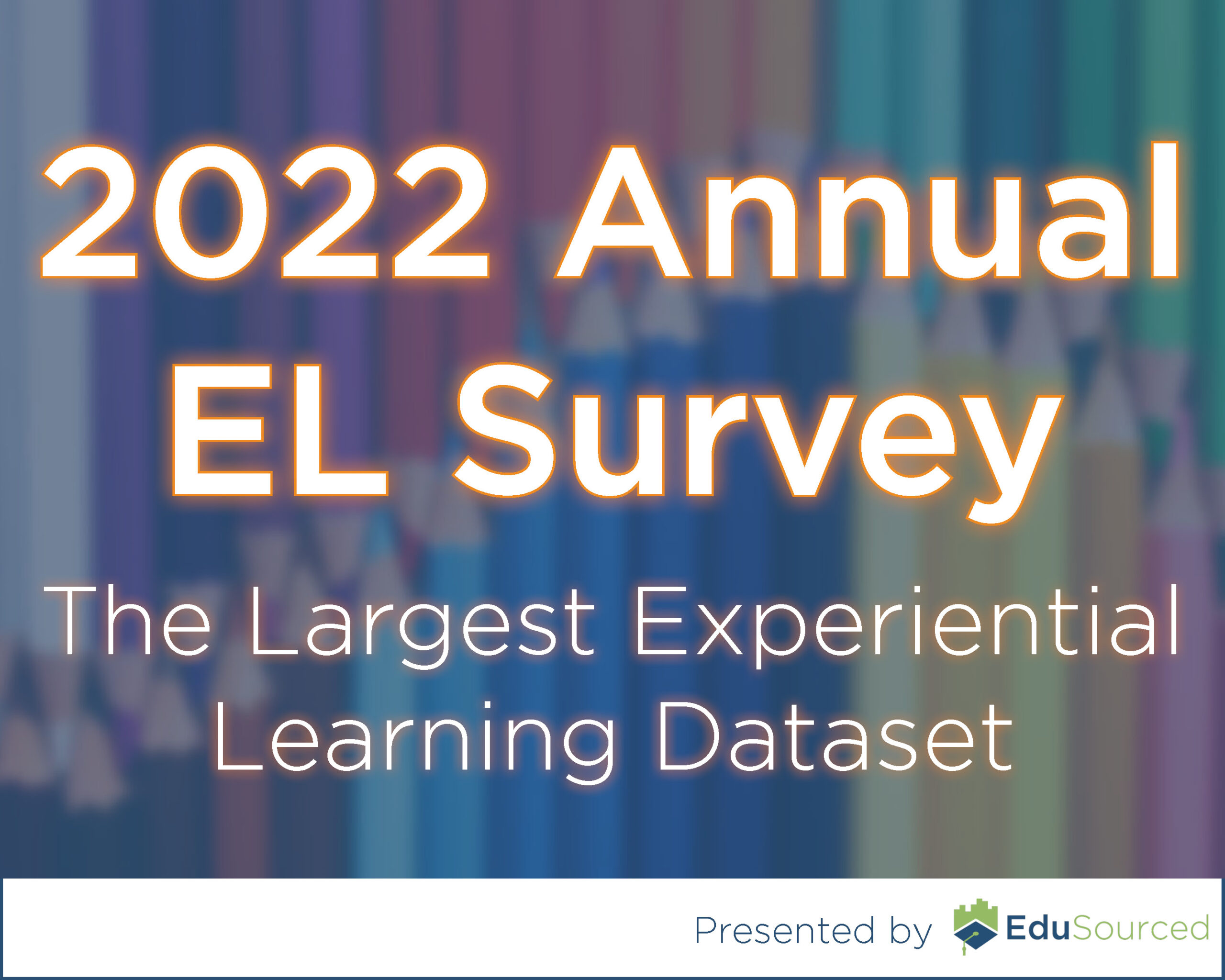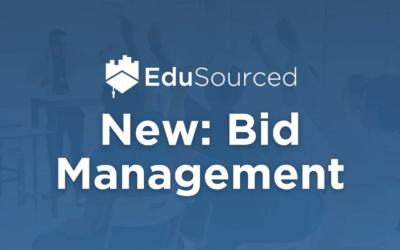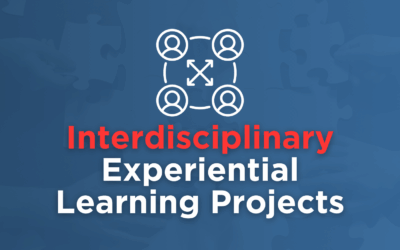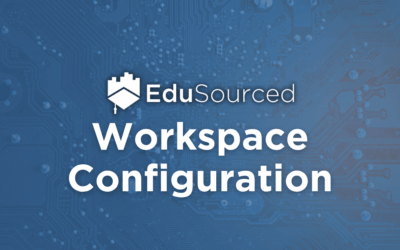Slides
2022 saw a return to normalcy, more or less, for capstone and experiential learning. In this experiential learning trend report, 95 participants across 83 schools including business, engineering and multidisciplinary experiential programs reported on key facts from their programs. Some of the topics covered:
☑️ Project pricing: how much do schools charge for student projects and how common are free projects?
☑️ How common are dedicated experiential learning/capstone staff?
☑️ Are schools becoming more sophisticated in their approach to experiential learning?
☑️ Year over year trends
☑️ People sharing their biggest challenges and their most important innovations.
📈 Key Trends in Experiential Learning
Managing experiential learning at scale
Experiential project volume continues to grow and, we believe, continue to be understaffed. But, this is gradually changing. For the fourth year, we have tracked whether programs have a formal director (or office) of experiential learning. In 2019, of the 72 schools surveyed, only 28% had this level of support. in 2022, that number has climbed to 48%. The trendline is clear: supporting experiential at any degree of scale requires people.
What do schools charge for experiential projects?
2022 is the first year that the number of programs charging any fee for a project increased year over year. 2021 saw a record 63% of surveyed programs report no fee for their projects but in 2022, 51% do not charge a fee, which is consistent with pre-pandemic numbers (53% in 2020). So, if you have resumed charging a fee (or increased your rate over 2021) you are not alone!
$10,000 per project remains a common ceiling. Of programs charging a fee, 66% were $10,000 or less, virtually unchanged from 63% in 2021 and up from 53% in 2020.
Recruiting projects
Offices of Experiential Learning climbed one spot this year to the 5th most prolific source of project recruiting within a school. Faculty relationships remain the #1 project source, unchanged in the 4 years of this survey. From what we hear in customer conversations, balancing those important faculty relationships with the need for a school to also centrally recruit projects (both to help faculty without as many relationships and to deepen a school’s relationships with its employers generally) remains a big challenge in experiential learning.
Final thoughts
With more schools than ever reporting that they set clear expectations with project clients, have a dedicated office or director of EL and that they keep records year to year, schools are more committed than ever to experiential learning.
For the complete 2021 survey results to compare, click here.




